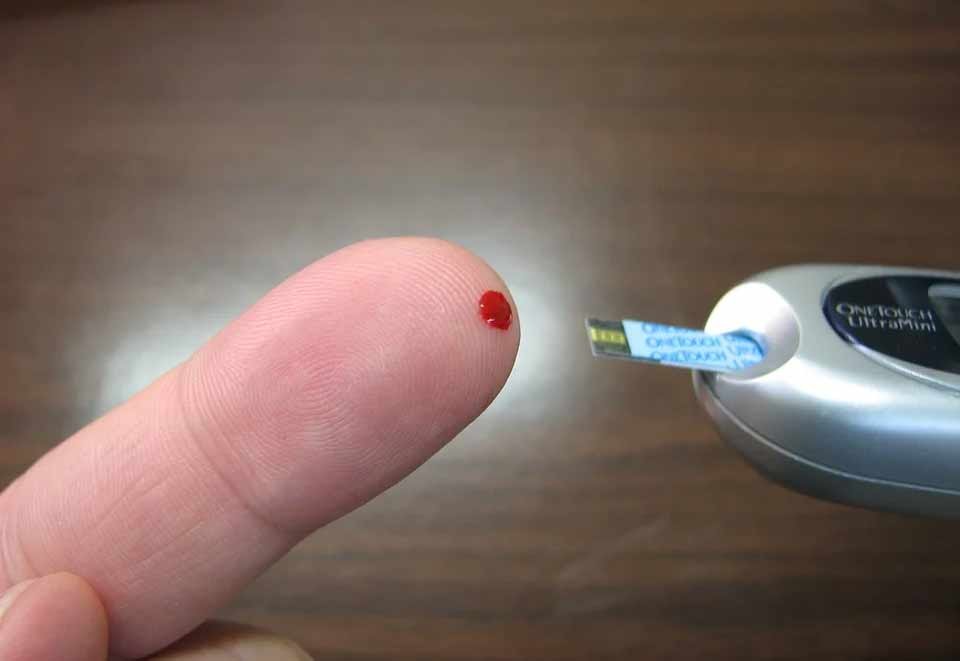Type 2 diabetes in children is on the rise and a new study found early signs of being more susceptible to it in children as young as 8-year-old, decades before it is likely to be diagnosed. The new study has been published in the journal Diabetes Care.
The research took samples for the study from participants when they were aged 8, 16, 18, and 25 years. The study looked at the effects of a genetic risk score for developing type 2 diabetes as an adult on metabolism measured from their blood samples.
The study tracked over 4,000 people who participated in the Children of the 90s – a health study established at the University of Bristol in the early 1990s.
Researchers combined genetic information with an approach called ‘metabolomics’ to try and identify patterns that are specific to the early stages of type 2 diabetes development. Metabolomics involves measuring many small molecules in a blood sample.
ALSO READ | COVID-19 May Trigger The Onset Of Diabetes In Healthy People
“We knew that diabetes doesn’t develop overnight. What we didn’t know is how early in life the first signs of disease activity become visible and what these early signs look like. We addressed these by looking at the effects of being more genetically prone to type 2 diabetes in adulthood on measures of metabolism taken across early life. This would not have been possible without the Children of the 90s study,” Dr Joshua Bell, one of the leading investigators, explained.
“Diabetes is most common in older age, but we see signs of disease susceptibility very early on – about 50 years before it’s usually diagnosed. Knowing what these early signs look like widens our window of opportunity to intervene much earlier and stop diabetes before it becomes harmful,” Bell added.
The participants were generally free from type 2 diabetes and other chronic illness. The study was conducted to find out how early in life the effects of being more susceptible to adult diabetes become visible.
Dr Bell continued: “We’re talking about the effects of susceptibility rather than of clinical disease itself. This does not mean that young people ‘already have adult diabetes’; these are subtle differences in the metabolism of young people who are more prone to developing it later in life.
“These findings help reveal the biology of how diabetes unfolds and what features may be targetable much earlier on to prevent the onset of disease and its complications. This is important because we know that the harmful effects of blood glucose, such as on heart disease, are not exclusive to people with diagnosed diabetes but extend to a smaller degree to much of the population.”







